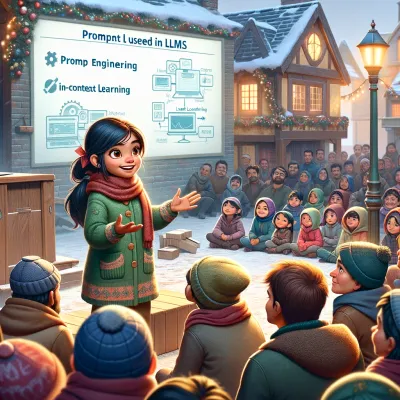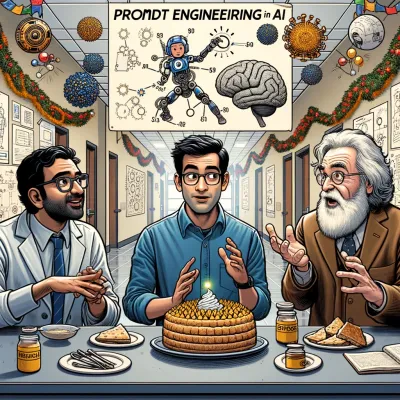Day 15 - Open or closed AI

In the festive aisles of the supermarket, amidst the chatter and Christmas carols, Rohit and Mo engaged in a deep conversation about Large Language Models (LLMs) in open and closed systems.
"You know, Mo, choosing between open-source and closed systems for LLMs is crucial," Rohit said, picking up a box of Christmas cookies. "Each has its pros and cons, especially in AI applications."
Mo, intrigued, leaned against the shopping cart. "I've always wondered about that. What are the key differences?"
Rohit began, "Open-source platforms, like TensorFlow or PyTorch, are like recipes shared publicly. Anyone can use them, modify them, and contribute to their improvement."
"That sounds great! But there must be some downsides, right?" Mo asked.
"Definitely," Rohit replied. "While they offer flexibility and community support, they can lack the specialized resources or proprietary data that closed systems have. It's like having a basic recipe but not the secret ingredient."
"And closed systems?" Mo queried.
Rohit answered, "Closed systems, like those offered by big tech companies, are like exclusive recipes. They have proprietary data and often more advanced capabilities, but they're not openly accessible. You get the secret ingredient but can't alter the recipe."
"So, it's a trade-off between control and advanced features," Mo mused.
As they moved through the crowded supermarket, Rohit elaborated, "Exactly. When building AI applications, you must consider your project's scope, the data you have, and the level of control you need."
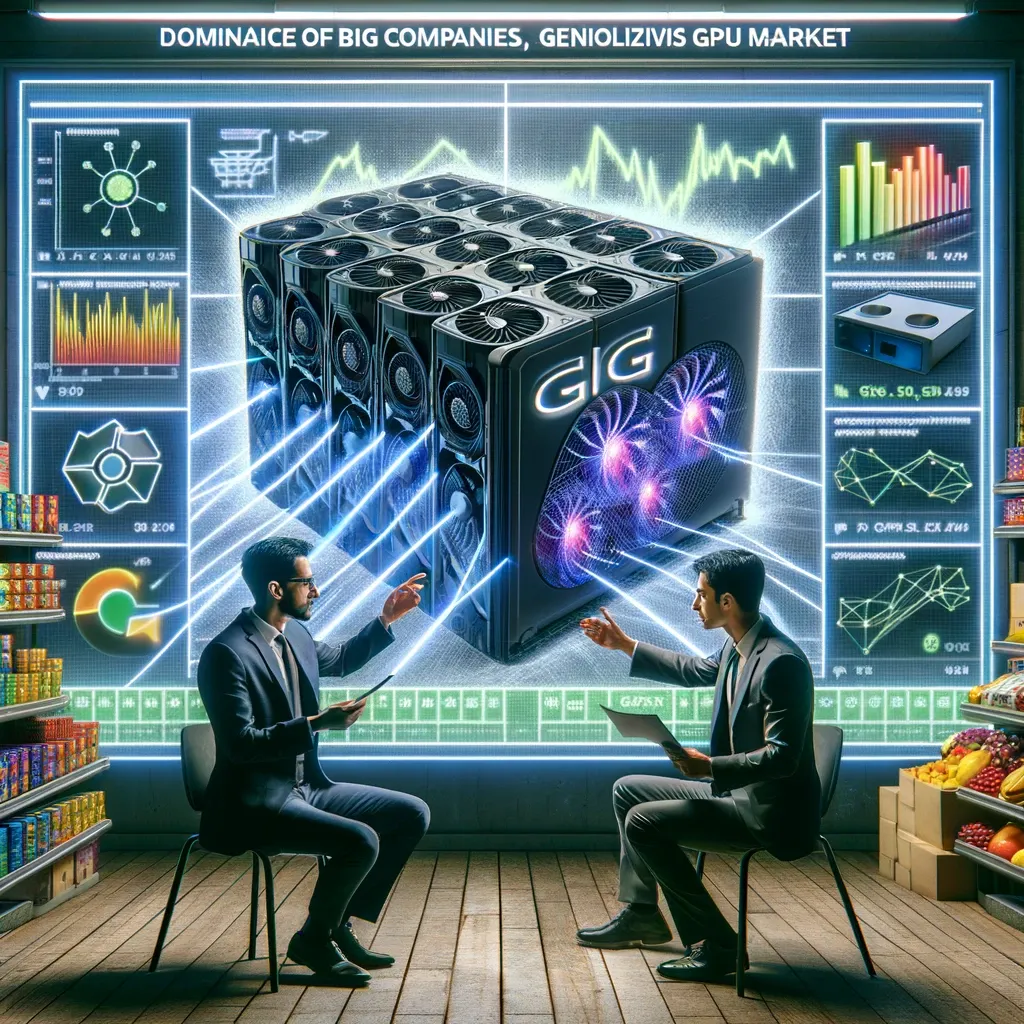
"And I guess budget plays a big role too," Mo added.
"Absolutely," Rohit agreed. "Open-source platforms are generally more cost-effective. But if you need advanced, specialized features, investing in a closed system might be worth it."
Rohit, leaning on the shopping cart, began, "You know, Mo, open-sourcing generative AI is not like open-sourcing software like TensorFlow or MySQL. It's far more complex due to the intense data and energy requirements."
Mo, picking up a pack of LED lights, pondered, "So, the traditional open-source model doesn't quite work for generative AI?"
"Exactly," Rohit replied. "Generative AI needs vast amounts of data and computing power. It's becoming increasingly expensive, putting it out of reach for most open-source developers. It's like trying to light up the entire city with a single generator."
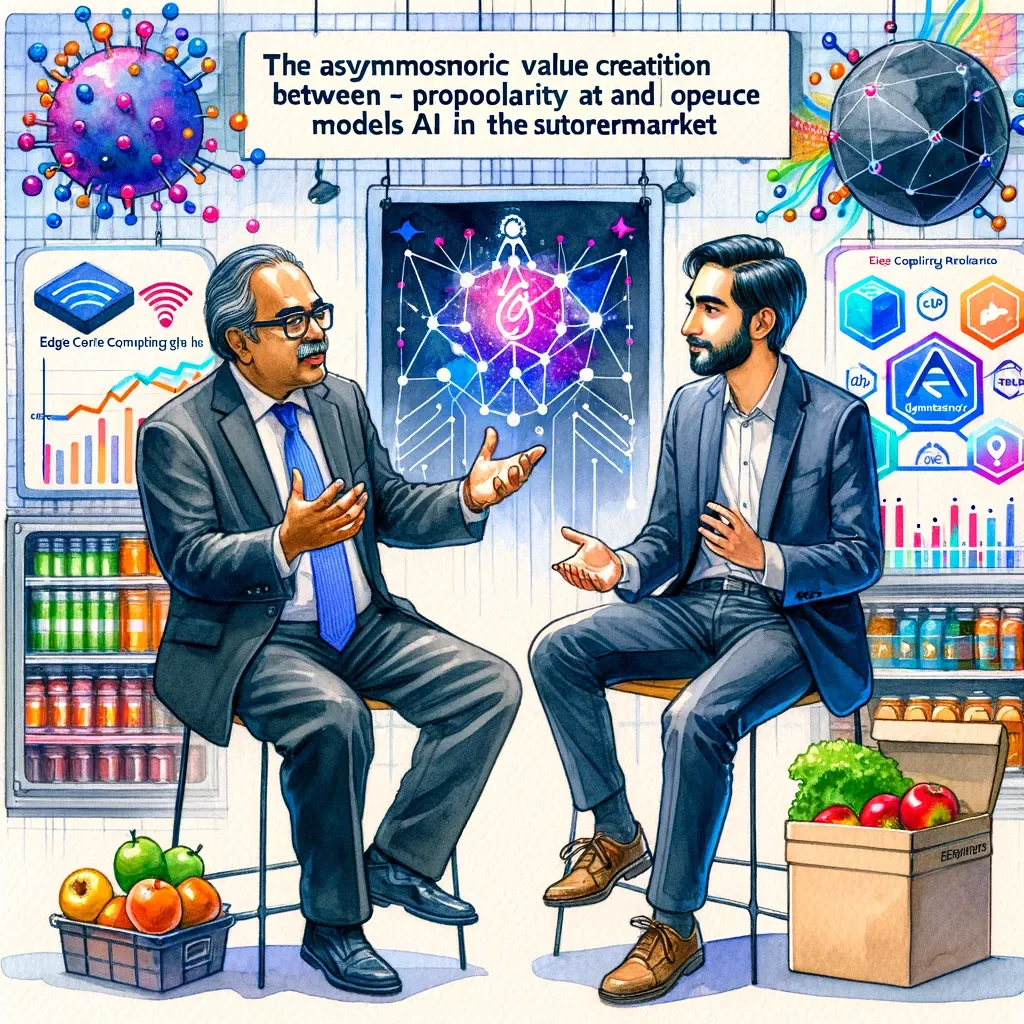
Mo, placing the lights in the cart, asked, "So, who leads the race in generative AI?"
"A few big companies are pouring billions into it," Rohit said. "They've almost monopolized the GPU market, which could make it too costly for open-source communities to compete."
Asymmetry in Value Creation
As they strolled past the Christmas trees, Rohit continued, "There's also this idea of asymmetric value creation. Big companies are focusing on making models that can reason and interact with the real world, something beyond the current reach of open-source AI."
Mo, intrigued, added, "So the real breakthroughs, the kind that change how we interact with technology, will likely stay with private firms?"
"That's the trend," Rohit nodded. "Though Meta is an exception with its LLaMA models being open-sourced. But there's a growing concern about the misuse of such powerful models, especially as they develop more agency."
Ethical Dilemmas and Future Trends
Mo, thoughtful, replied, "It's a double-edged sword then. Open-sourcing can democratize AI, but it also opens up risks."
"Exactly," said Rohit. "It's a balancing act between innovation, control, and ethical responsibility."
"With the rapid advancement in AI, do you think open-source platforms will keep up with closed systems?" Mo asked.
"It's hard to say," Rohit pondered. "Open-source communities are incredibly innovative, but closed systems have the advantage of massive resources. The future of AI might well be a blend of both."
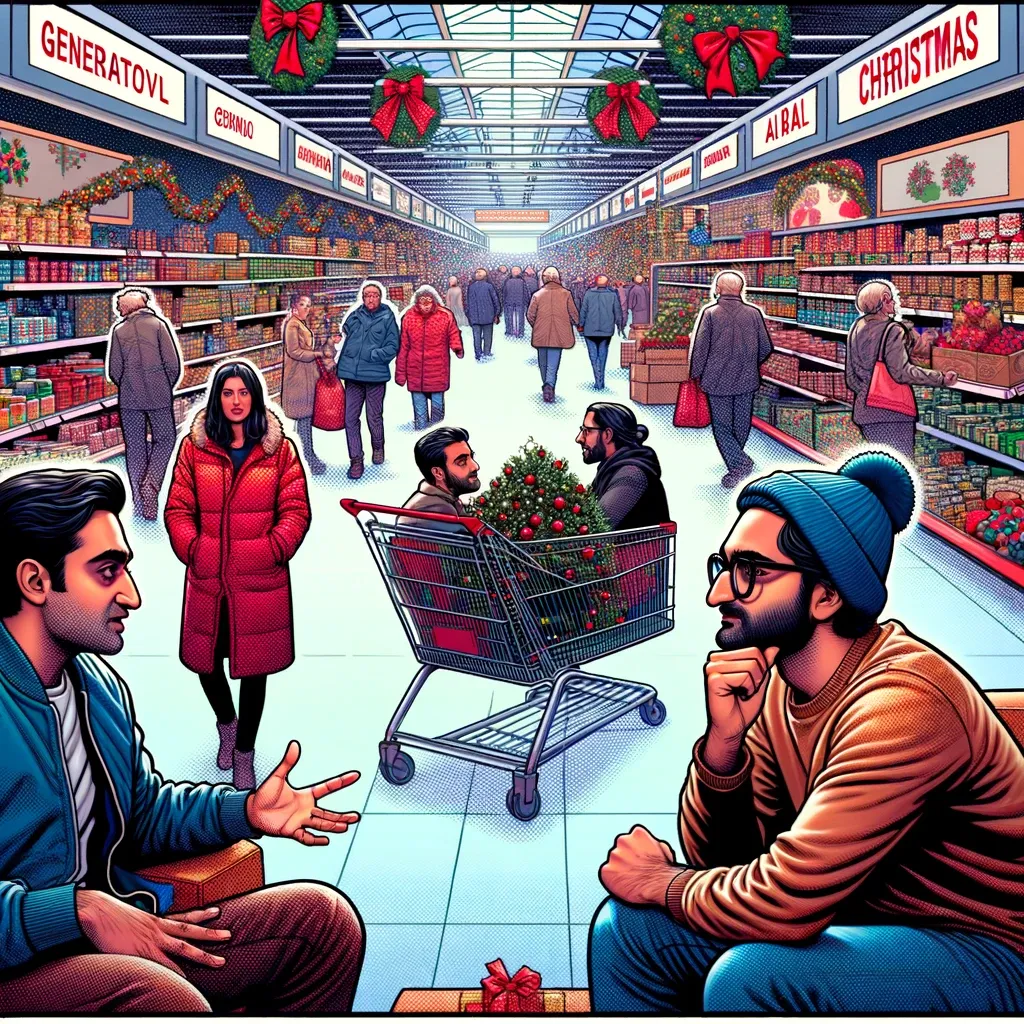
As they neared the checkout, Mo reflected on their discussion. "This talk has opened my eyes to the complexities of AI development. There's so much to consider."
Rohit smiled. "That's the beauty of AI, Mo. It's a field that's constantly evolving and full of possibilities."
They left the supermarket, their minds buzzing with thoughts about LLMs, open-source platforms, and the future of AI. The conversation had not only been enlightening but also a testament to their shared passion for technology.
As they parted ways, both Rohit and Mo felt inspired and curious about the endless potential AI held, especially during the magic of the Christmas season.
Enjoyed unraveling the mysteries of AI with Everyday Stories? Share this gem with friends and family who'd love a jargon-free journey into the world of artificial intelligence!
No spam, no sharing to third party. Only you and me.




